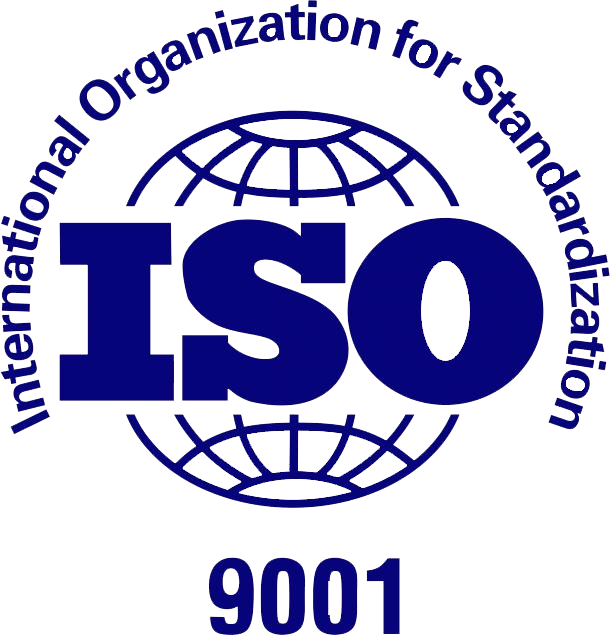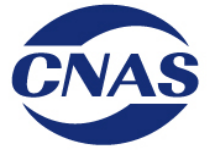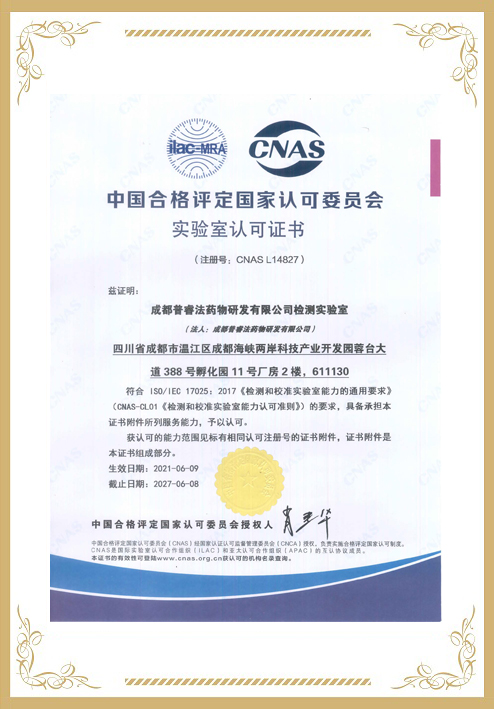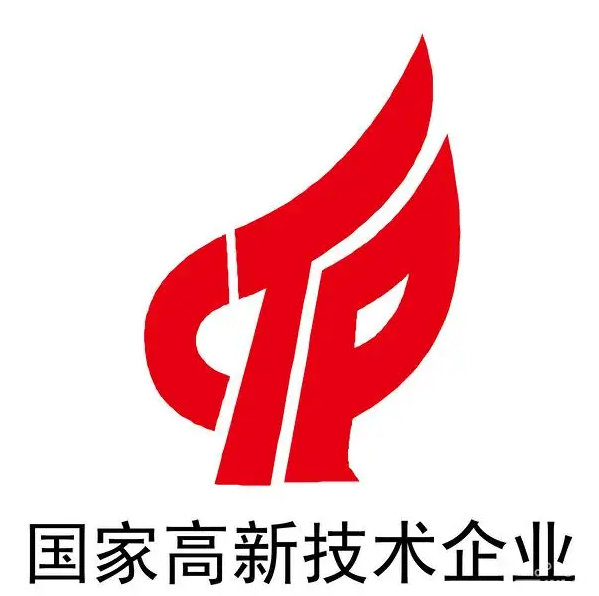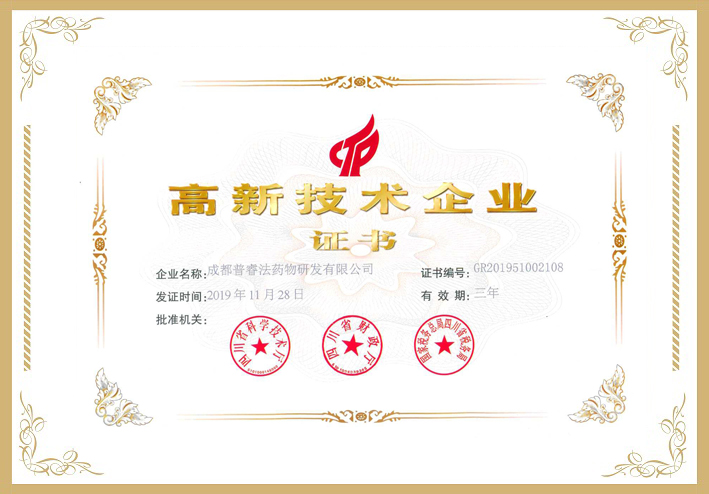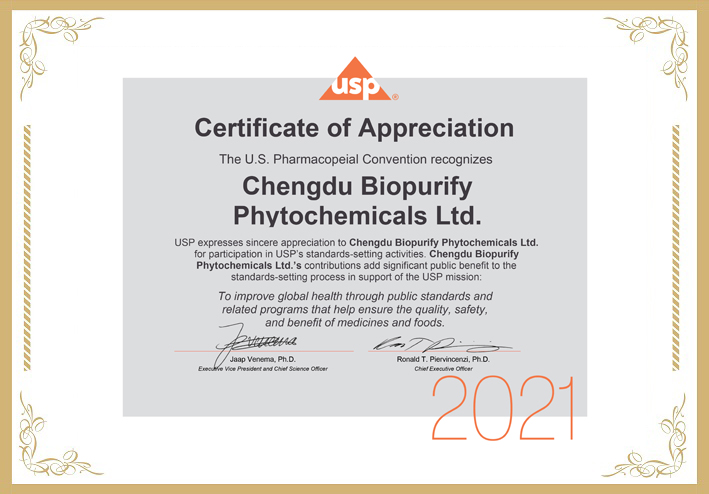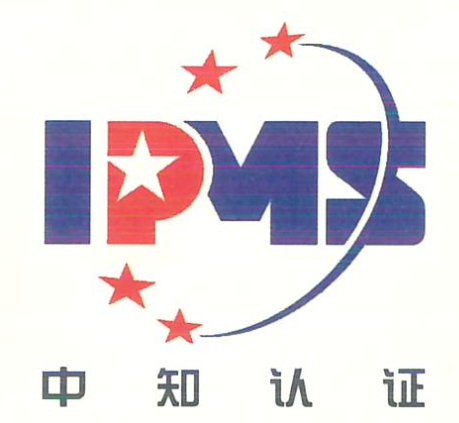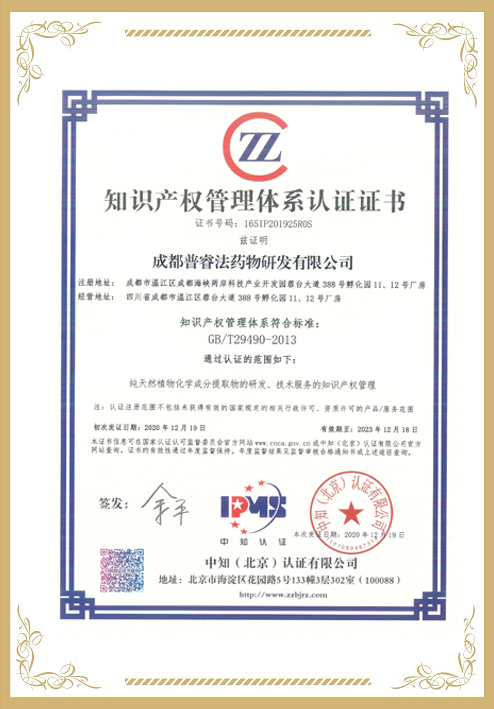Background:Chemically treated allografts (CTAs) have been developed with the goal of providing a graft that is fully sterilized while maintaining the structural integrity and biochemical properties of the graft without irradiation. Few studies have analyzed the complications and postoperative outcomes of CTA in medial patellofemoral ligament (MPFL) reconstruction.Hypothesis:The rate of complications and the outcomes of pediatric patients undergoing MPFL reconstruction would be similar between CTAs and low-dose irradiated allografts (IAs).Study Design:Cohort study; Level of evidence, 3Methods:The medical charts of a consecutive cohort of pediatric patients (aged 12-18 years) who underwent MPFL reconstruction at a single center from June 2011 to September 2022 with either 1- or 2-year follow-up were retrospectively reviewed. Patient characteristics, operative data, and postoperative data were collected in those without diagnosed collagen disorder or multiligament reconstruction. Without deliberate allocation, CTAs were overwhelmingly gracilis tendon allografts, whereas the majority of IAs were semitendinosus. Complications were recorded and included infection, redislocation, and reoperation. Patient-reported outcomes were collected including the Single Assessment Numeric Evaluation score, Kujala score, overall rating of treatment satisfaction, and pain score.Results:A total of 235 (114 CTA, 121 IA) patients had 1-year follow-up with no significant differences in complication rate noted between the cohorts (CTA: 6/114 [5.3%]; IA: 5/121 [4.1%]; P = .786). Of the entire group, 122 (60 CTA, 62 IA) patients had 2-year follow-up, with no significant differences in patient-reported outcomes between the CTA and IA cohorts at mean follow-ups of 35.9 and 38.3 months, respectively (P = .271). At a minimum 2-year follow-up, failure rates (defined as redislocation) were 5% (3/60) for the CTA group and 17.7% (11/62) for the IA group (P = .059). Reoperation rates (defined as redislocation requiring repeat operative intervention) were 5% (3/60) and 9.7% (6/62) for the CTA and IA cohorts, respectively (P = .433).Conclusion:CTA and IA for reconstruction of the MPFL in the pediatric patient demonstrate similarly low rates of complication, patellar redislocation, and need for revision surgery. Moreover, the outcomes appear to indicate that utilization of gracilis tendon CTA carries the same risk as low-dose semitendinosus IAs when managing children with MPFL reconstruction.














